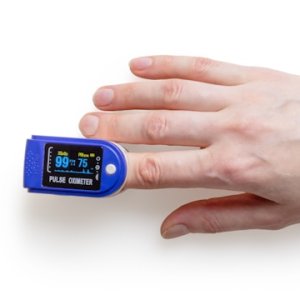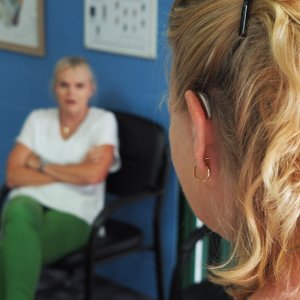
Digital Twins Disrupting Healthcare
 By Miriam Bello | Senior Journalist and Industry Analyst -
Fri, 06/25/2021 - 12:01
By Miriam Bello | Senior Journalist and Industry Analyst -
Fri, 06/25/2021 - 12:01
Innovation in the healthcare industry occurs at all levels, from drug therapies to heart valves. The sector integrates technology to design a more sophisticated and personalized care approach for each patient. One of the latest examples of disruptive innovation is the digital twin technology.
Digital twins are a virtual copy of a physical entity or process, such as a patient, an anatomical structure or the hospital environment. This technology is modeled on several data sources including electronic health records (EHRs), disease registries, wearable sensors and more. Using this data, this technology creates a virtual replica of physical devices, processes, services or products that a data scientist can use to run simulations before actual devices are built and deployed. Digital twins combine IoT, AI and data analytics to offer efficient and safe testing for any surgical procedure, new pharmaceutical or treatment regime.
Digital Twin Tech in the Pharma Industry
A recent example of the integration of digital twin technology is GSK’s vaccine manufacturing. This company has a long history of successful vaccine delivery and “is innovating in vaccines through using digital technology to build a replica of the whole vaccine development process, from start to finish,” shared the pharmaceutical company. GSK explains that when applied to producing vaccines, digital twin technology combines the virtual and physical realms of development and manufacturing in a closed loop to collect real-time insights from the onset. When the digital twin is connected to the real process, the physical sensors send data to the twin and the simulated insights are fed back to the control system to keep the process optimized. This allows companies to simulate, monitor closely, anticipate failures and optimize quality and self-learning. Ultimately this means they can speed up the vaccine manufacturing process and get vaccines to people faster.
Digital Twin Tech for Hospitals
According to Siemens, a digital twin generates predictions on a specific scenario and supports the evaluation of different layout scenarios, such as re-arranging waiting areas. Most importantly, digital twins can also be effective when performing operational stress testing on a department or an entire hospital.
Digital Twins for Clinical Trial Design
Clinical trials normally involve two study groups: the experimental arm, which are the subjects receiving the therapy; and the control arm, which is the group receiving non-active place intervention. However, there are many difficulties when finding candidates to join a clinical trial, which can sometimes lead to its failure.
According to CB Insights, companies such as Unlearn.ai leverage digital twin technology to create virtual synthetic control arms, which are composed of digital twin participants. This frees up real participants to enroll in the experimental arm. This real-virtual hybrid trial design requires fewer human participants, resulting in faster enrollment periods and more efficient trials.
Digital Twins for Medical Devices
There are several companies betting on digital twins. Dassault Systèmes’ 3DEXPERIENCE platform has allowed the creation of two detailed twin solutions called the Living Heart Project and the Living Brain Project.
On an MBN interview with Gino Scarangella, Sr. Director, Life Sciences NAM at Dassault Systèmes said that through this solution, companies can simulate an individual’s heart and then look for positive treatments. “This solution may enable (medical professionals) to take the data collected from the patient and project it into the Living Heart system,” said Scarangella. The technology could also allow surgeons to use a heart model driven by the patient’s data to practice before the actual surgery, he added.
Scarangella explained that the Living Brain project simulates the brain and also allows surgical simulations for medical professionals. It even allows professionals to study a drug’s efficacy in getting past the blood-brain barrier. “With the participation of more companies, we could even develop full body projects to ensure a safer performance for the medical professional and the patient.”
















